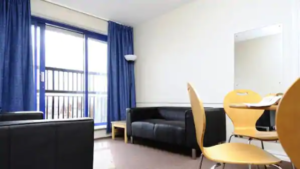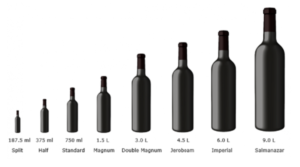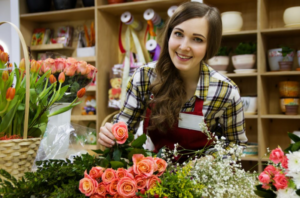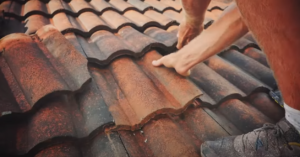WINE TOURS: 6 CONCEPTS TO UNDERSTAND THEM
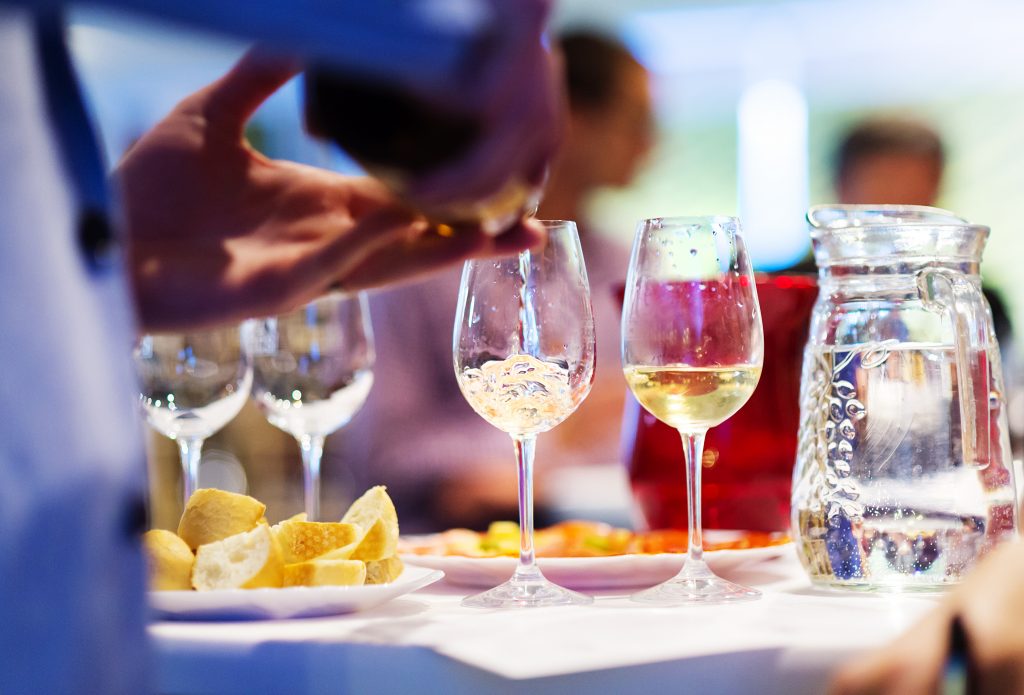
6 keys concepts to understand what great wine is like and how you appreciate it.
Great wines. If we talked a long time ago about the fascination that old wines exert on wine lovers, today I would like to have wine tours and dissect a little more what are the concepts that make wines great. These are the six attributes that great wines have.
1. Wine Tours on Acidity
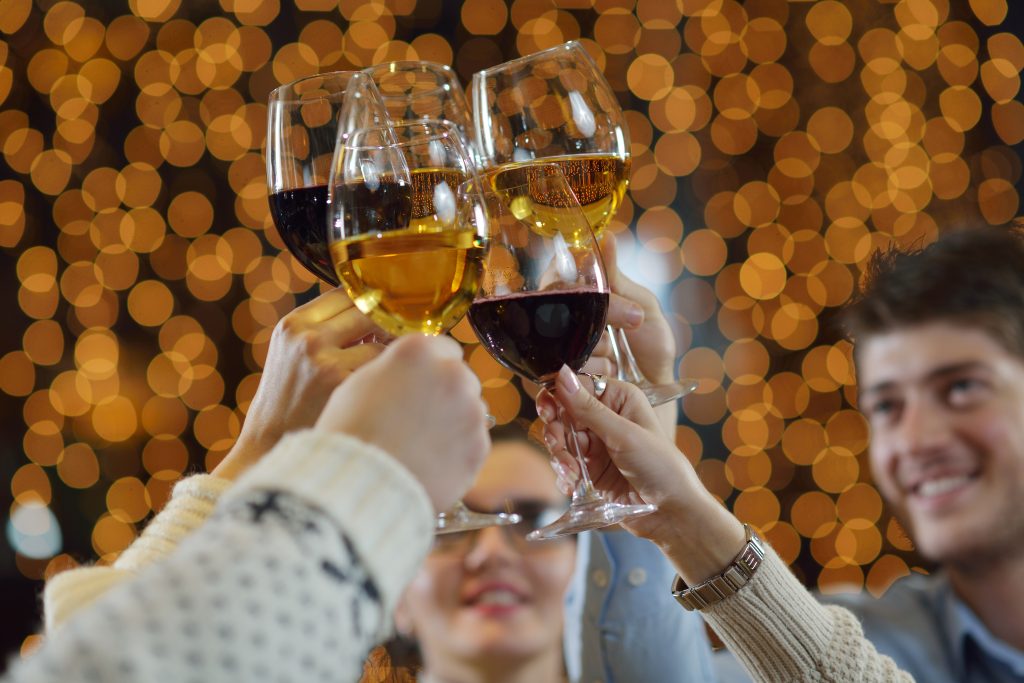
It is something positive, it preserves the wine, brings freshness, and is a sign of youth. Heartburn awakens the pupils and makes us salivate. Try a glass of water, then a glass of water with a splash of lemon. Do you see the difference? It is essential in any fruit, and also in wine (which is still a fruit). As in everything, there must be a balance: little acid, the wine is flat, without relief on the palate, without freshness. The wine is sour and annoyed.
2. Wine Tours on Alcohol
It is the most important product of the fermentation of great wines and in some way the essence of wine. Imagine taking a tablespoon of water and then a tablespoon of strong white pomace. What do you understand? In the mouth, it gives a sensation of warmth, if it is well balanced, and burning if it is excessive. The alcohol adds body to the wine and a certain sensation of sweetness.
3. Wine Tours on Maturity
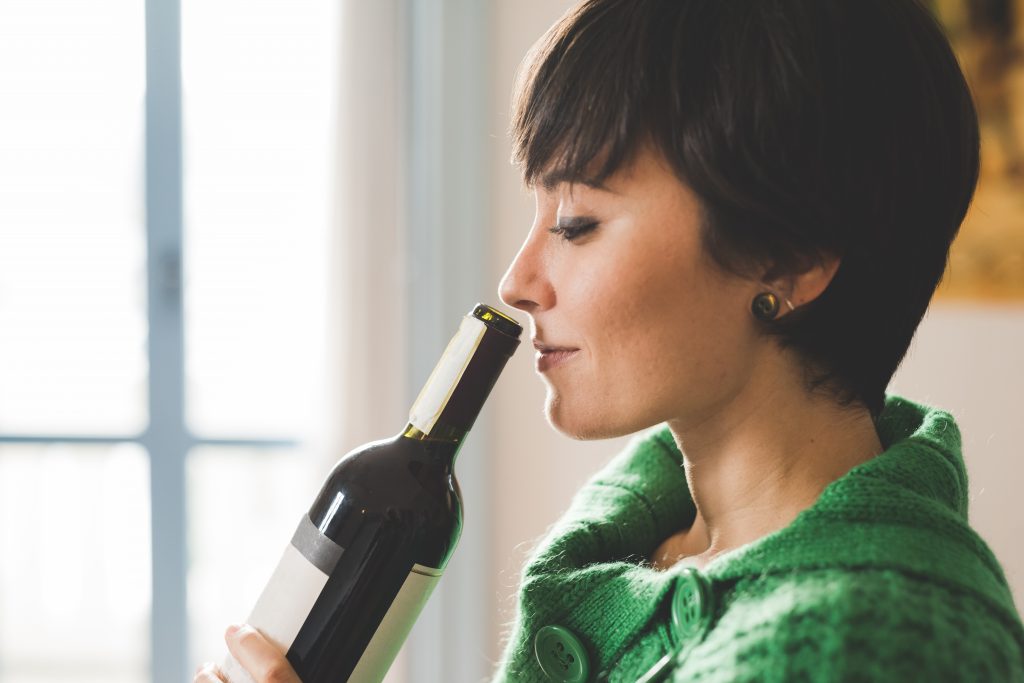
It is closely related to the previous two. Like any fruit, the grape ripens thanks to the sun and high temperatures. For this reason, it has a direct relationship with alcohol and inverse with acidity: the grape as it ripens destroys its acids and synthesizes more sugar, which will become alcohol. Ripening is related to the climate. All you have to do is think of fruits that are typical of cold climates and others of hot climates. So: in hot climates, the ripening is longer and the fruits are sweeter. That is why the wines are more alcoholic and more mature, with less acidity. The cold climates give more acidic fruits and wines that are more acidic and fewer alcoholics.
4. Wine Tours on Tannin
It is the substance that causes the sensation of astringency: imagine a very strong tea, a green banana, or a strong red wine. They have a lot of tannins. That roughness, that dryness is astringency. The tannin is mainly in the skin of the red grape. Tannin provides the body and is also a great antioxidant. That is why it contributes to the longevity of the wine: for a wine to improve over the years, it must be tannic. Those tannins will soften over the years. But if we make wine to consume young, then it will not have so many tannins.
5. Wine Tours on Cask
The barrel is just a container. Many wines do not go through the barrel. Its use is not mandatory. The grace of the barrel is its porosity: the wood allows oxygen to penetrate slowly, causing oxidation that makes the wine breathe and evolve. The barrel also provides aromas of wood: vanilla, black pepper, toast, coffee, smoke, cocoa … those aromas that you can find in a wine are not from the wine, they are from the barrel.
6. Wine Tours on Complexity
The wine tours continue to evolve and change in the bottle. But not always for the better. Many wines, most of them, are made to be consumed fresh and young, so don’t be obsessed with saving. The wines we make to age lose roughness and roughness over the years.
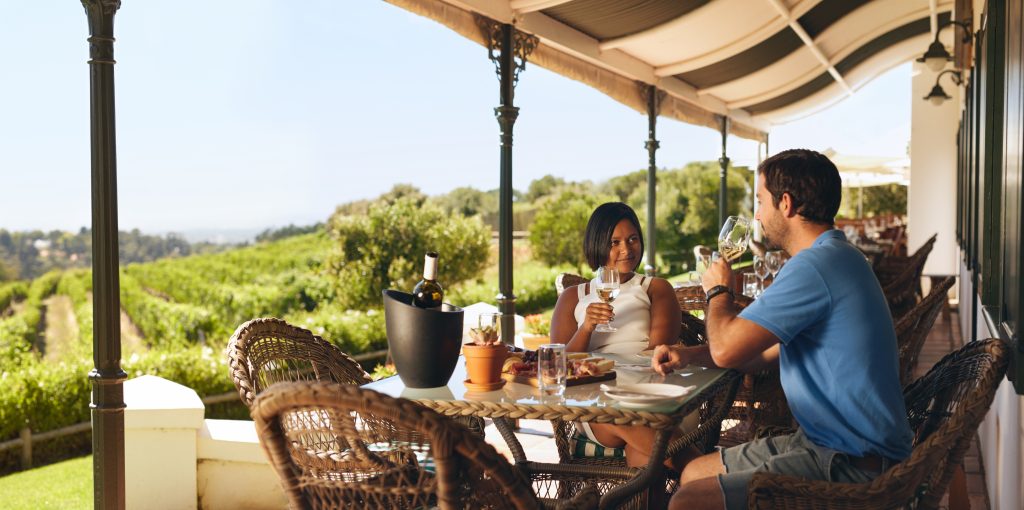
They become softer and more enveloping, they nuance their aromas and notes appear that were not there before. Complexity is difficult to explain in the abstract but easy to understand when tasting a good wine. It is a global impression of balance, of diversity. But after a few years in the bottle, the wine begins its decline, it gets worse until it dies. It’s getting great wines is not as simple as letting the years pass for him.

